During World War II, the US military experienced a perplexing incident that continues to resonate—the infamous “Battle of Los Angeles.” On the morning of February 25, 1942, chaos gripped Los Angeles as the city prepared for what was believed to be an imminent aerial attack from Japan.
Fearing the worst, military units sounded sirens, implemented widespread power shutdowns, and unleashed a barrage of 1,400 rounds of artillery fire into the sky. The night was ablaze with the tracers of machine guns and the thunderous echoes of shelling. However, despite the intense response, no signs of an enemy attack were discovered.
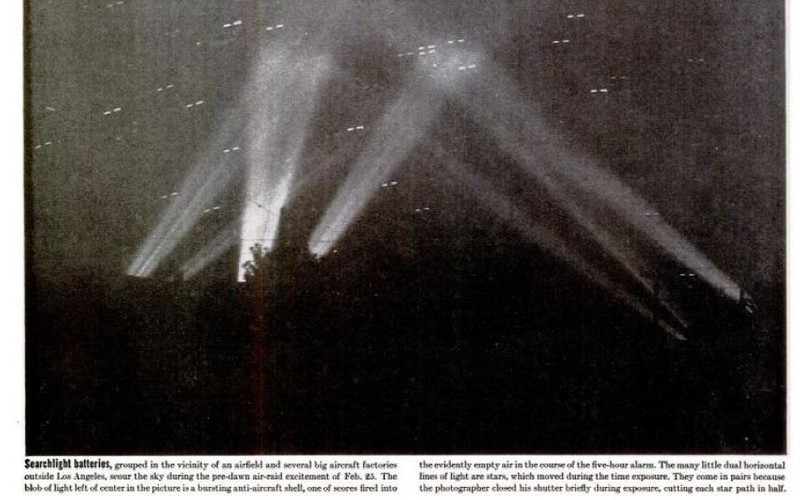
The military attributed the false alarm to “panic” following the attack on Pearl Harbor. However, subsequent generations still regard the “Battle of Los Angeles” as one of the most enigmatic events of World War II, as noted by History.
In the aftermath of the Japanese attack on Pearl Harbor just weeks earlier, a prevailing sense of confusion and apprehension permeated the American populace, anticipating potential enemy raids. On December 9, 1941, ambiguous reports of approaching enemy aircraft threw New York City into turmoil, causing minor fluctuations in the stock market. Along the West Coast, inexperienced pilots and radar operators frequently misidentified fishing boats, floating logs, or even whales as Japanese warships and submarines.

Tensions escalated when Secretary of War Henry Stimson cautioned that American cities should brace for “regular attacks” from the enemy. The anxiety reached a critical point on February 23, 1942, when a Japanese submarine surfaced off the coast of Santa Barbara, California, firing upon an oil field and refinery. Although the attack resulted in minimal human or material damage, it marked the first instance of the US mainland being bombed during World War II. The combination of these factors contributed to the heightened state of alert and the ultimately mysterious events of the “Battle of Los Angeles.”
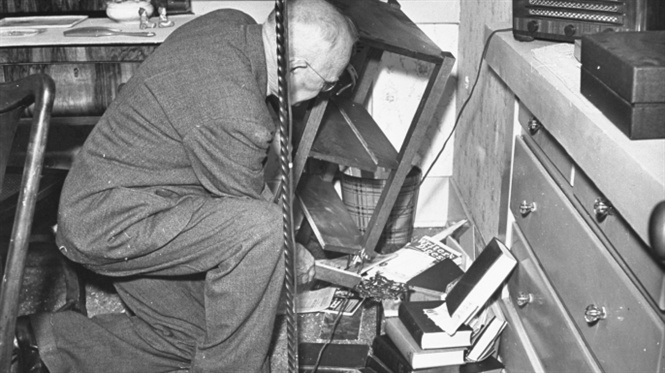
One day after the attack on the oil field, the boiling will to respond to the enemy combined with the overwhelming panic and confusion created one of the most strange and unusual events in history. History of World War II in America.
It began on the night of February 24, 1942, when naval intelligence directed units on the California coast to be on high alert for a potential attack from Japan. Everything went smoothly for the next few hours, but at 2:00 a.m. on February 25, military radar suddenly detected unusual signs, appearing to be enemy communications signals at a location about 10 miles from Los Angeles. 193 km west. Air raid warning sirens immediately rang out continuously, and the whole city simultaneously turned off the power. Within minutes, American soldiers took position on anti-aircraft gun emplacements and continuously scanned the sky with their lights.
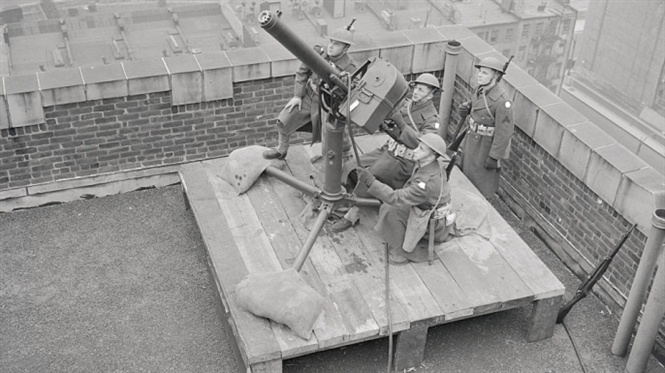
At 3 a.m., the shooting began. After reports of the discovery of unidentified flying objects (UFOs), US soldiers in Santa Monica simultaneously opened fire. “Lights from countless observation posts competed to pierce the night sky while anti-aircraft units punctured the sky with bursts of bright orange bullets,” the Los Angeles Times newspaper wrote at the time.
Chaos reigned for the next few minutes. It seemed like Los Angeles was under attack, but people couldn’t see anything except black smoke and flashes of light coming from the muzzles of guns. But for many people, the threat is real. Reports were continuously transmitted throughout the city, announcing Japanese fighter planes forming up in formation carrying bombs and approaching paratroopers. The gun just kept firing. It is estimated that Los Angeles’ artillery batteries fired 1,400 shots into the sky until the “all clear” order was given in the morning.
In broad daylight as the sun rose, American military units discovered something strange: In fact, there was no attack from the enemy. “Despite efforts to clarify doubts, it is clear that no bombs were dropped and no aircraft was shot down,” a statement from the US Western Defense Command stated.
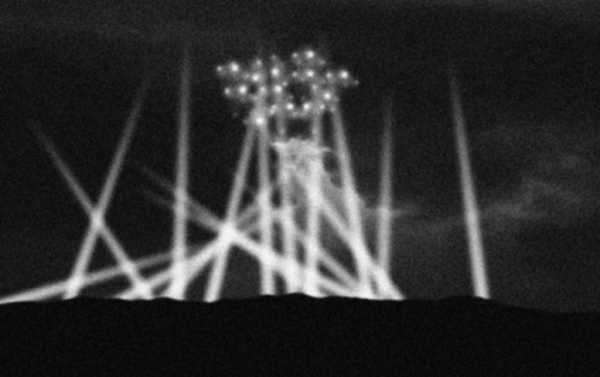
n the following days, the US Government and the media released a series of conflicting information about what really happened in the “Battle of Los Angeles”. US Secretary of the Navy Frank Knox denied the possibility that the sirens were triggered by “psychological anxiety”, but Secretary of War Henry Stimson responded to the military by confirming that at least 15 fighter jets had set off the alarm. move city. He even theorized that the ghost fighters could be commercial planes “piloted by enemy agents” to sow panic in the American public.
Stimson later denied his claims, but thousands of civilians and military soldiers still claimed they actually saw the plane in the sky over Los Angeles. According to an article in the New York Times , several witnesses said they observed “a large object floating in the sky that looked like a balloon.” Others said they saw from one to dozens of planes appearing in different locations. “The deeper we examine the incident that took place in the early morning of February 25 in Los Angeles, the more strange it becomes,” the article wrote.
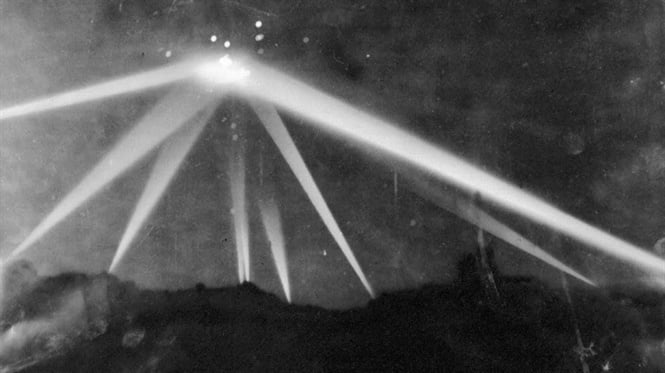
So what led to the US military’s “burning of the sky” in Los Angeles? The Japanese side affirmed that they never sent planes over Los Angeles during World War 2. This statement gave rise to a series of unusual hypotheses, including the idea that the objects in the sky over Los Angeles were is a flying saucer from outer space that visits earth.
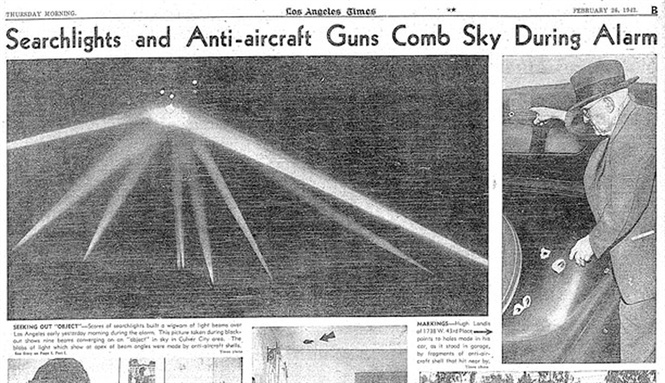
However, the most logical explanation is that the US soldiers’ anxiety combined with the rudimentary radar system gave a false warning. The US Air Force Historical Office in 1983 lists the events that took place during the “Battle of Los Angeles” and notes the important detail that meteorological balloons may have been released into the sky before the gunfire. measure wind power. The light emitted from them is most likely the source of the alarm trigger. When the guns opened fire, it seemed that smoke, light from spotlights and anti-aircraft fire combined to make the soldiers mistakenly think they were bombarding enemy aircraft.